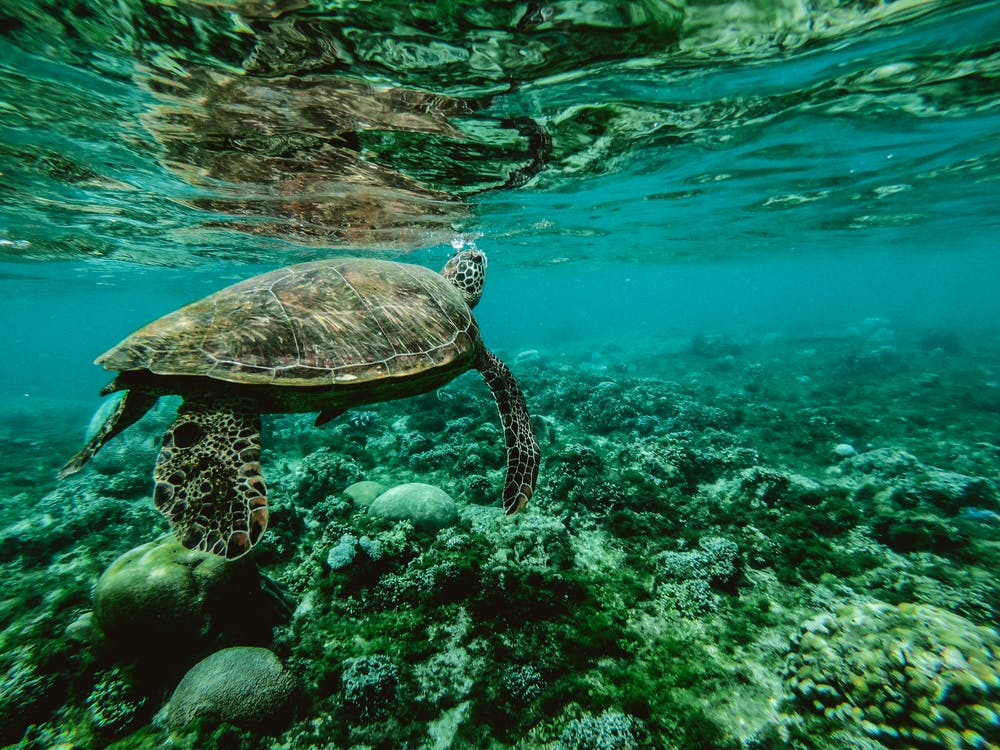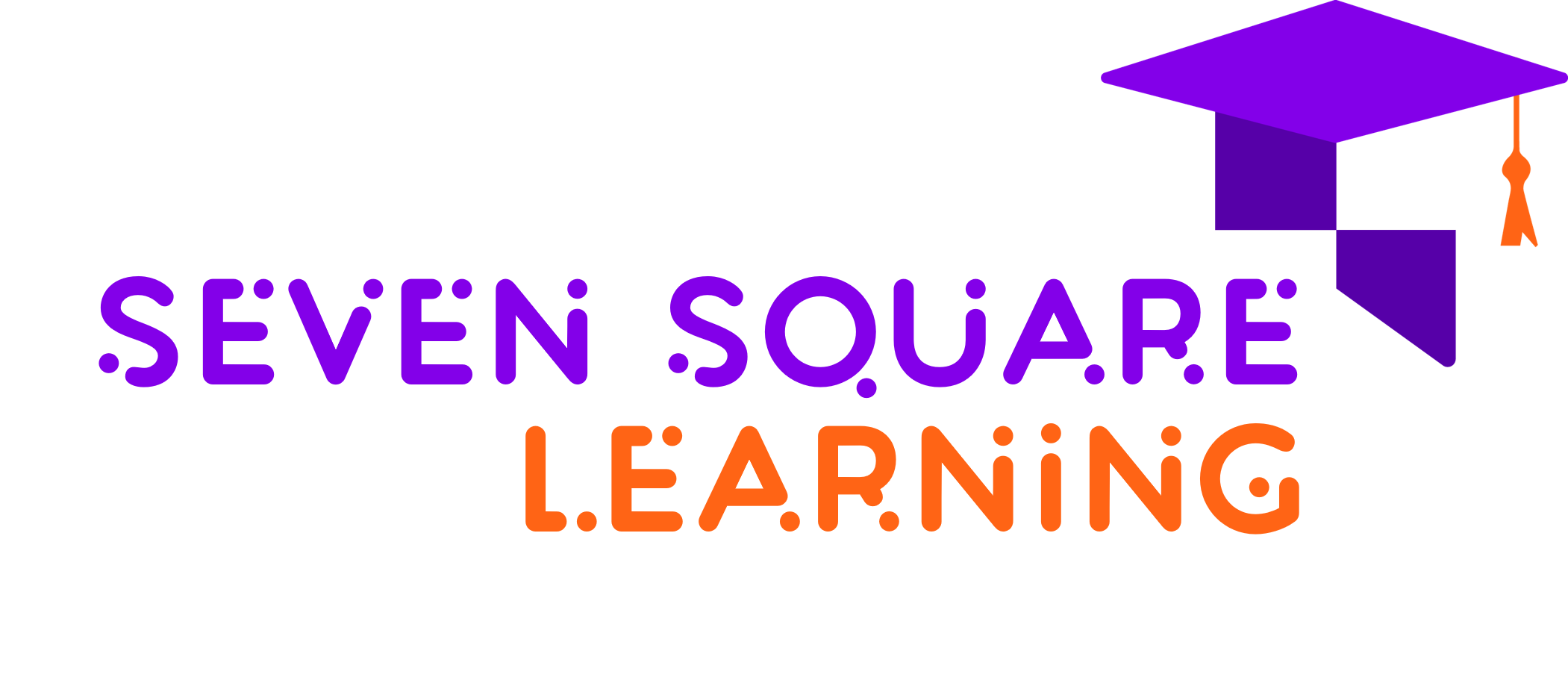Currently, more than 720 thousand international students are studying abroad in Australia. After the US and the UK, Australia is the major hub for students looking to study internationally. The country has it all world-renowned universities, an affordable and happy-go-lucky lifestyle, and plenty of warm sunshine to go around.
An outline of the Australian education system while studying abroad in Australia
A school year in Australia starts in January and finishes in December. Education in Australia encompasses the sectors of the following –

- Early childhood education (preschool)
- Primary education (primary schools) from grades 1 to 7
- Secondary education (high schools) from grades 9 to 13
- Higher/tertiary education (universities)
The first exposure many children have to learn with others outside of traditional parenting is daycare or a parent-run playgroup.

The Australian Curriculum, for pre-Year 1 to Year 10, is built up of the following eight education fields: English, Maths, Science, Humanities and Social Sciences, The Arts, Technologies, Health, and Physical Education as well as Languages. Children usually commence primary school by the time they have turned six and complete until 11 or 12 years of age. They generally attend primary school until they are 11 or 12 years of age. Primary schools concentrate on strengthening fundamental literacy, numeracy, and social skills, and provide foundational understanding to children of the world around them.
As an option to the middle school model, some secondary schools bifurcate their categories into “junior high school” (Years 7, 8, 9, and 10) and “senior high school” (Years 11 and 12). Some offer three levels, “junior” (Years 7 and 8), “intermediate” (Years 9 and 10), and “senior” (Years 11 and 12). Students within the ages of 13 and 18 years attend high schools or secondary schools.
In the senior secondary Australian Curriculum, for Year 11 and Year 12, fifteen senior secondary subjects across English, Maths, Science, History, and Geography are supported. Students who finish their secondary school program at Year 12 or equivalent are awarded a Senior Secondary Certificate of Education.

Government schools train nearly two-thirds of all school students in Australia. If a student elects to attend a government school, they are required to attend a school within their local school district unless the student has the freedom to attend another school, usually approved based on academic merit, specialization, or other reasons, such as a student disability.
Benefits of studying abroad in Australia
Students looking for studying abroad in Australia come here for numerous reasons, i.e. an admirable lifestyle, the alluring scenic beauty of the country, affordable education, and some of the best universities in the world. People here welcome international students with open hearts. It is not very difficult to find your people here in Australia because of the immense diversity of the country. Australia has good research organizations along with an ample number of courses which are provided in various subjects as well as many unconventional courses which cannot be found in your local institutions.
Students are given deal-breaking scholarship options and every year, the Australian government spends millions to help international students with financial aid on a merit-cum basis. English is the primary language in the country which eliminates the possibility of any sort of language barrier for the students studying abroad in Australia. The country has amazing weather all year round. The climate remains nice and warm for most of the year.

Students studying abroad in Australia work hard and also have an outstanding work-life balance filled with leisure activities. They start seeing thing from a different perspective and build their personalities as an individual. They enjoy awesome beaches, parks, renowned art galleries with wholesome goods, and a lot more. Also, cities like Canberra, Sydney, Melbourne, Brisbane, etc. have been listed in the top 100 student cities of the world. Students studying abroad in Australia are provided with first-class libraries along with remarkable laboratories and classrooms.
Students get to try the exquisite Australian cuisine ranging from mouth-watering meat-pies to oysters and chicken parmigiana. They attend various food festivals and have lots of fun.

Australia is a culturally diverse country where students will get to meet different people and have amazing evergreen experiences. Students visit the astonishing Sydney Opera House, the Great Barrier Reef, various national parks, and islands with beautiful beaches.

Moreover, the school also provides many exciting trips like a visit to the infamous Kangaroo Island, trekking in the rainforests, scuba diving, or the divine art centers. There is a great deal to see in Australia for an international student. According to the Department of Education International Student Survey 2018, 89% of international students were satisfied or very satisfied with their whole Studying abroad in Australia experience in Australia. Students will get a lot of experience in various things and make memories that will last a lifetime here in Australia.





